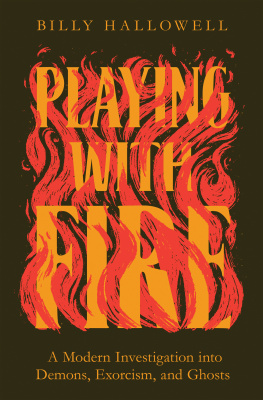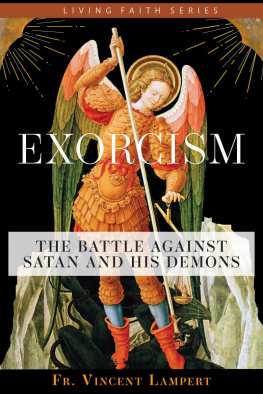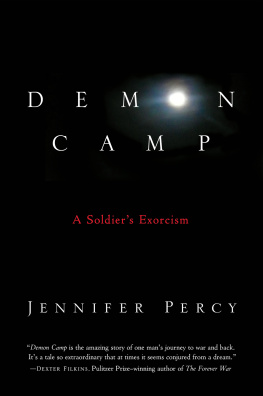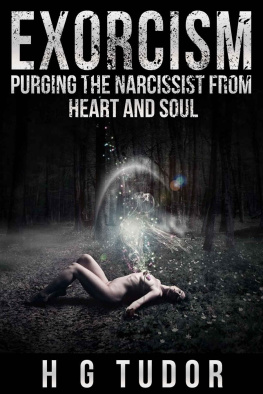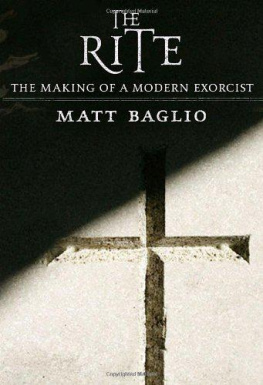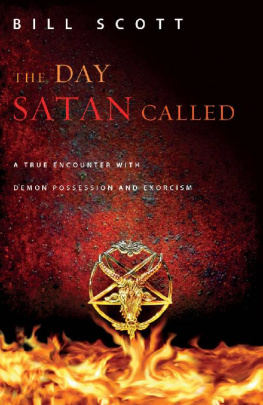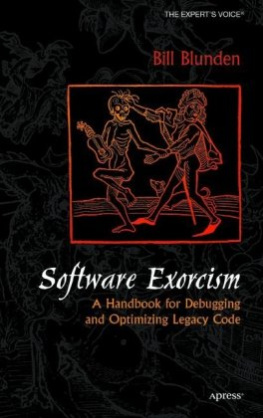Michael W. Cuneo - American Exorcism: Expelling Demons in the Land of Plenty
Here you can read online Michael W. Cuneo - American Exorcism: Expelling Demons in the Land of Plenty full text of the book (entire story) in english for free. Download pdf and epub, get meaning, cover and reviews about this ebook. year: 2001, publisher: Doubleday, genre: History / Science. Description of the work, (preface) as well as reviews are available. Best literature library LitArk.com created for fans of good reading and offers a wide selection of genres:
Romance novel
Science fiction
Adventure
Detective
Science
History
Home and family
Prose
Art
Politics
Computer
Non-fiction
Religion
Business
Children
Humor
Choose a favorite category and find really read worthwhile books. Enjoy immersion in the world of imagination, feel the emotions of the characters or learn something new for yourself, make an fascinating discovery.
- Book:American Exorcism: Expelling Demons in the Land of Plenty
- Author:
- Publisher:Doubleday
- Genre:
- Year:2001
- Rating:3 / 5
- Favourites:Add to favourites
- Your mark:
American Exorcism: Expelling Demons in the Land of Plenty: summary, description and annotation
We offer to read an annotation, description, summary or preface (depends on what the author of the book "American Exorcism: Expelling Demons in the Land of Plenty" wrote himself). If you haven't found the necessary information about the book — write in the comments, we will try to find it.
There is no other religious ritual more fascinating, or more disturbing, than exorcism. This is particularly true in America today, where the ancient rite has a surprisingly strong hold on our imagination, and on our popular entertainment industry. Weve all heard of exorcism, seen the movies and read the books, but few of us have ever experienced it firsthand.
Conducted by exorcists officially appointed by Catholic archdioceses and by maverick priests sidestepping Church sanctions, by evangelical ministers and Episcopal charismatics, exorcism is alive and well in the new millennium. Oprah, Diane Sawyer, and Barbara Walters have featured exorcists on their shows. The New York Times, Los Angeles Times, Time, and other publications have charted the proliferation of exorcisms across the United States. Last year, the Archdiocese of Chicago appointed its first full-time exorcist in its 160-year history; in New York, four priests have officially investigated about forty cases of suspected possession every year since 1995.
American Exorcism is an inside look at this burgeoning phenomenon, written with objectivity, insight, and just the right touch of irony. Michael W. Cuneo attended more than fifty exorcisms and interviewed many of the participants-both the exorcists who performed the rituals and the people from all walks of life who believed they were possessed by the devil. He brings vividly to life the ceremonies themselves, conjuring up memories of Linda Blairs astonishing performance in the 1973 movie The Exorcist and other bizarre (and sometimes stomach-churning) images.Cuneo dissects, as well, the arguments of such well-known exorcism advocates as Malachi Martin, author of the controversial Hostage to the Devil, self-help guru M. Scott Peck, and self-professed demonologists Ed and Lorraine Warren of Amityville Horror fame.
As he explores this netherworld of American life, Cuneo reflects on the meaning of exorcism in the twenty-first century and on the relationship between religious ritual and popular culture. Touching on such provocative topics as the satanic panics of the 1980s, repressed memory, and ritual abuse, American Exorcism is a remarkably revealing, consistently entertaining work of cultural commentary.
Michael W. Cuneo: author's other books
Who wrote American Exorcism: Expelling Demons in the Land of Plenty? Find out the surname, the name of the author of the book and a list of all author's works by series.



